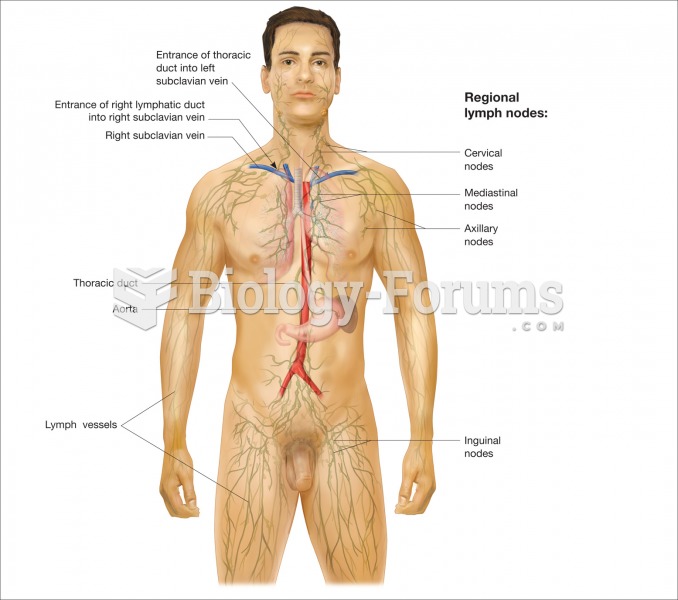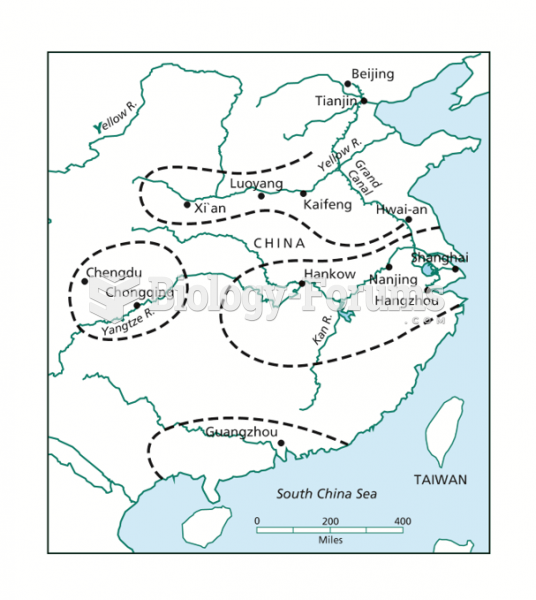Glaciers that formed in non-mountainous areas of the continents are called continental ice sheets. These were vast blankets of ice that completely inundated the underlying terrain to depths of hundreds or thousands of meters. Because of their immense size, ice sheets have been the most significant agents of glaciation across the land surface. Only two true ones exist today, in Antarctica and Greenland. The ice in an ice sheet accumulates to great depths in the interior of the sheet but is much thinner at the other edges. Around the margin of the sheet, some long tongues of ice, called outlet glaciers, extend between rimming hills to the sea. In other places, the ice reaches the ocean along a massive front, where it sometimes projects out over the sea as an ice shelf. Great chunks
of ice frequently break off, both from the ice shelves and from the ends of outlet glaciers, fall in the sea, and float away. These huge floating ice masses are icebergs.
The purpose of the paragraph is
a. to analyze the effects that ice sheets and outlet glaciers have on the environment.
b. to explain to the reader the difference in an ice sheet and an iceberg.
c. to inform the reader what ice sheets and outlet glaciers are and to give the characteristics of each.
The tone of the paragraph is
a. instructive. b. concerned. c. pessimistic.
Question 2
The first day on the new job was a confusing one for Mr. Dithers. He stood in front of the office machine trying to figure out all the buttons.
Need some help? offered one of the secretaries.
Yes, how does this thing work? asked Mr. Dithers, brandishing a thick pile of papers in his hands.
The secretary took the papers from him and began to feed them into the machine. Mr. Dithers watched in fascination as the machine tore each sheet into shreds.
Thank you so much, said Mr. Dithers when the last paper had been shredded. Now where do the copies come out?
The purpose of the story is
a. to entertain with a story about a new employee.
b. to criticize how new employees act on the job.
c. to convince the reader that office machines are difficult to operate.
The tone of the story is
a. sarcastic. b. objective. c. amusing.







